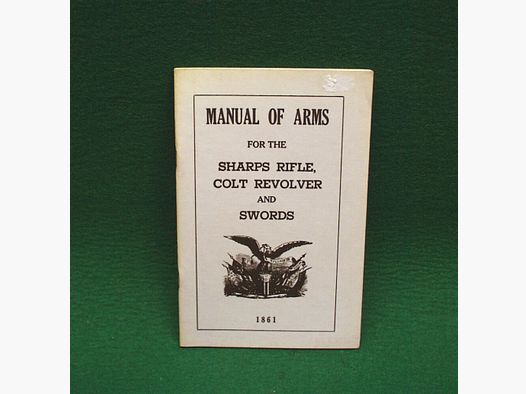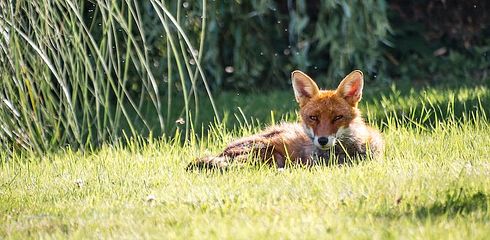The fox is a cautious and intelligent animal that often presents a challenge to hunters. Fox calls are a tool used to attract foxes by mimicking their natural sounds or the sounds of their prey. This article explores how fox calls work, their application, and ethical aspects of their use.
Function of Fox Calls
Fox calls are designed to mimic the sounds of the fox or its prey. This can be the fox's call itself, the scream of a mouse, or the chirping of a bird.
Mechanical Calls: These are often tubes or whistles that produce the desired sound by blowing into them and possibly modulating with the hand.
Electronic Calls: Modern variants can play pre-recorded sounds and often offer a variety of tones to choose from.
Application
Choosing the Right Sound: The choice of the right sound depends on the specific situation and season. For example, during the mating season, a fox call may be more effective, while at other times, the scream of prey may be more successful.
Volume and Distance: The volume should be adjusted to the situation. A call that is too loud can scare off foxes. The location of the call is also important. It may be wise to place it a bit away from the actual sitting position to divert the fox's attention from oneself.
Patience: Like most forms of calling, using a fox call requires patience. It may take a while for a curious fox to respond.
Ethical Considerations
The use of fox calls is not permitted everywhere, and there are ethical concerns to consider:
Stress for the Animal: Repeated and improper use of the call can lead to unnecessary stress for the fox, especially if no shot is taken.
Efficiency: The hunter should ensure that they are capable of making a quick and humane shot when attracting a fox.
Regulations: It is important to know the local and national hunting regulations and to ensure that the use of fox calls is legal.
Conclusion
When used correctly, fox calls can be an effective tool in modern hunting practice. However, it requires expertise, patience, and a high level of ethical responsibility to ensure that hunting is both effective and humane.






























